In the Hands of Women: The Tradition and Transformation of the Oud
This article originally appeared in the print version of She Shreds Issue #15, which was released in July, 2018.
Meet the oud: a stringed wooden instrument native to the Middle East and North Africa that has played a key role in the religious, ceremonial, and recreational music of these regions since roughly 3000 B.C. Considered to be one of the oldest instruments in numerous Middle Eastern and North African musical traditions, the name “oud” is derived from the Arabic term for “wood.” Today, its music continues to be played throughout parts of the Arabian Peninsula, Armenia, Andalusia, Greece, Syria, Lebanon, Iraq, Iran, Turkey, Somalia, Israel, Palestine, Jordan, and increasingly, their respective diaspora communities in the States and abroad who are reshaping the role of the oud in the modern day.
The oud is a hollow, pear-shaped instrument similar to the lute, its European descendant; it bears a rounded back enclosed with a soundboard but, unlike the lute, its neck is fretless. It holds 11 strings, 10 of which are placed close together in pairs, while the 11th lowest string is placed alone. Some iterations of the oud have an extra pair of strings, resulting in 13 strings overall. The oud produces a unique, rich sound far deeper than that of a lute, with notes that are shorter and sharper than an acoustic guitar’s. Depending on how it’s constructed and played, the oud is capable of creating various microtones, from lower, bassy sounds to lighter, higher-pitched notes.
Throughout various evolutions and adaptations over the centuries, the contemporary oud exists in three general iterations: Arabic, Turkish, and Persian. Each of these slightly varied versions have been molded by the specific needs of their respective regions, and are a testament to the ways in which culture and music interact on a very basic level. The Arabic oud has a longer neck and lower pitch than the Turkish and Persian instruments, while the Turkish oud, called an “outi” in Greece, has a shorter neck, smaller body size, and relatively brighter tone. The Persian oud, or “barbat,” is closer to the Turkish version due to its smaller size and high pitch, but it’s tuned differently.
Historically, there have been periods during which a significant amount of women have played the oud as well as times when their involvement has been more restricted. The trajectory of the oud and its relationship to gender in the Ottoman Empire and the early decades of present-day Turkey—where Turkish, Greek, Syrian, and Armenian communities all played a role in the industry of oud performance and construction—serves as an example of how changing times and societal norms dictate whether or not women take up the instrument.
In the Ottoman world during the 18th and 19th centuries, women were not only encouraged to play the oud, it was more or less associated with their gender. In fact, there seemed to be an overarching understanding that a woman’s oud-playing skills would increase her “worth” as a maiden awaiting marriage, and it was absolutely imperative for women of status to receive proper lessons. Thus, considering the patriarchal social order of the Ottoman Empire, the oud was very much a tool of evaluating a woman’s “desirability” by a suitor; if she didn’t play the instrument, or was lacking in performative skills, it would serve as a flaw.
Though the narrative of oud playing by women in the late centuries of the Ottoman Empire seems to indicate that it was a tool of social classification by patriarchal norms, there were a handful of instances where women broke through the systemic method and made a name for themselves through their music. One such case is Mary Goshtigian, the prominent Ottoman Armenian oud player and singer based in Istanbul during the early 20th century. A number of photographs of Goshtigian, taken during her performances in several centers of the Armenian immigrant community in the U.S., are still on display at the Library of Congress. Another groundbreaking oud player is noted in Ottoman Turkish writer and activist Fatma Aliye Hanım’s 1898 novel, Udi (The Oud Player), based on a true story of a woman named Bedia, who uses her oud-playing skills as a form of resistance against the Ottoman patriarchy.
Just as changing times in the Middle East dictated evolving gender norms, the prominence of women performing the oud withered away with the modernization, and increased conservatism, of many Middle Eastern and North African communities. As technology and globalization allowed for the varied sounds of the oud to spread to new cultures and foreign places, most of the artists gaining exposure were men, and as such, the world’s most recognized oud players are predominantly male, even to this day.
Anything as ancient as the oud is bound to face a series of transformations in its performance, prominence, and relevance through changing societal and cultural norms, particularly when performed by those spanning such vast regions. Luckily, there has been a progressive uptake of the oud by women determined to use their artistic platforms to spread political, societal, and cultural awareness regarding important issues affecting not only their respective communities, but also those on a global scale. The future of the oud is certainly exciting, considering the conscientious, forward-minded, and intersectional hands of the women who are taking on the performance of this incredibly rich, unique instrument.
Kamilya Jubran
 Born in Akka, Israel to Palestinian parents, Kamilya Jubran is one of the most notable names in the oud world. With her father Elias Jubran working as an instruments craftsmen and music teacher, Jubran was introduced to classical Arabic music at an early age, weaving the tradition into her very identity. She would later go on to front Sabreen, the Arabic music group based in occupied East Jerusalem, who used their art to represent the voice of Palestinian resistance in their struggle for freedom. Not only does Jubran’s artistry signify the breaking of gender roles in a highly gendered society, but it also lends itself to artistic and political discourse, culminating in the creation of a new style of progressive and informed contemporary Arabic music.
Born in Akka, Israel to Palestinian parents, Kamilya Jubran is one of the most notable names in the oud world. With her father Elias Jubran working as an instruments craftsmen and music teacher, Jubran was introduced to classical Arabic music at an early age, weaving the tradition into her very identity. She would later go on to front Sabreen, the Arabic music group based in occupied East Jerusalem, who used their art to represent the voice of Palestinian resistance in their struggle for freedom. Not only does Jubran’s artistry signify the breaking of gender roles in a highly gendered society, but it also lends itself to artistic and political discourse, culminating in the creation of a new style of progressive and informed contemporary Arabic music.
“I was brought up with my father’s instruments: the oud, qanun, and buzuq,” says Jubran. “Qanun was my first instrument, and much of my work with Sabreen was with that. It wasn’t until I moved to Europe in 2002 that the oud became my companion and main musical tool.”
Since the early 2000s, Jubran has been focusing on singing and playing the oud, touring with several of her own projects and collaborating with her main partners in music, Werner Hasler and Sarah Murcia, throughout the Middle East and Europe. In 2013, she collaborated with Puerto Rican rap duo Calle 13, Julian Assange of Wikileaks, and Tom Morello of Rage Against The Machine to release the politically-charged track, “Multi_Viral.”
“The Arabic music scene lacks women instrument players in general, yet I notice that our numbers are increasing with time,” says Jubran. “Thanks to the graces of the internet revolution, we’re able to more easily discover hidden women players. The oud is probably still not the main instrument of choice for most women, but I’m conscious of the fact that what I do in my music in general does not correspond to the mainstream musical tradition.”
Nina Boutchakjian
 Nina Boutchakjian, known as “Nina Oud” on her social platforms, was born in Lebanon and raised in Sweden. Not fully immersed in the music scene until age 24, she then began her studies at the Arab Music Institute in Cairo, Egypt. Boutchakjian consequently saw her career take off, touring all over Europe and the Middle East with her oud and remarkable voice.
Nina Boutchakjian, known as “Nina Oud” on her social platforms, was born in Lebanon and raised in Sweden. Not fully immersed in the music scene until age 24, she then began her studies at the Arab Music Institute in Cairo, Egypt. Boutchakjian consequently saw her career take off, touring all over Europe and the Middle East with her oud and remarkable voice.
Boutchakjian’s career represents the innovation and transformation of oud performance in the hands of women; she began incorporating not only the traditional oud, but also its electric version in her renditions of classic Arabic folk music. Her eclectic approach has been well received, and her 2014 solo album, Sea Salt (MBI), was the third best-selling Arabic album in Virgin Megastores.
Boutchakjian now resides in Dubai, UAE, and is very hopeful for the future of the oud. “When I first started playing 15 years ago, I was alone as a woman oud player and found it hard to be accepted in male-dominated bands,” she says. Boutchakjian eventually joined a trio with two other men, and later created an all-woman band, The Desert Roses, who played hundreds of gigs. The experience propelled her to later form Jawaher, a six-piece internationally-renowned all-woman band incorporating both Arabic and Western music.
Boutchakjian currently performs with guitarist Abir Saidani, traveling throughout Lebanon, and is also recording a forthcoming album. Reflecting on her career and recent changes in the industry, she says, “I think there are great female musicians in the Arabic world, but they’re not properly recognized yet. A lot of them who are really talented contact me on social media asking for advice, and I try to help them out as much as I can. Watch out guys, the ladies are coming!”
Clarissa Bitar
 Unlike the women who have risen to prominence in the musical spheres of the Middle East, Clarissa Bitar is relatively young and separated both geographically and socially from the cultures where the oud is most played. Located in Los Angeles, the Palestinian-American Angeleno has an academic background in ethnomusicology and is using her cultural heritage and status as a member of a diaspora community to share the tradition of the oud with a completely new audience, breaking not only gender norms, but also promoting intersectional feminism through her artistry.
Unlike the women who have risen to prominence in the musical spheres of the Middle East, Clarissa Bitar is relatively young and separated both geographically and socially from the cultures where the oud is most played. Located in Los Angeles, the Palestinian-American Angeleno has an academic background in ethnomusicology and is using her cultural heritage and status as a member of a diaspora community to share the tradition of the oud with a completely new audience, breaking not only gender norms, but also promoting intersectional feminism through her artistry.
Though she entered UCSB as a biology major, a class with Dr. Scott Marcus—a doctor of ethnomusicology who specialized in Arabic and Indian music traditions—led to weekly oud lessons and eventually culminated in Bitar changing the course of her academic study to ethnomusicology. Her father had an oud, and although she played guitar growing up, Mr. Bitar was unconvinced that his daughter’s skills would transfer over to what he considered a harder instrument. She became determined to prove him wrong and soon found that her skilled oud playing could unite her family, reminding them of their love for Arabic music. “It became this special language that I could now use to communicate with my dad and grandparents, which made me want to practice even more,” she says.
Bitar started teaching other students eager to learn the oud as well, and began performing with various ensembles and groups throughout California. She continues to grow a steady following on social media, garnering attention for her own take on this ancient instrument. “As a Palestinian born and raised in California, learning the oud meant so much more to me than simply learning to play a new instrument,” she says. “It provided me an avenue to express and celebrate my culture in diaspora in a way that I couldn’t before.”
Keen to use her oud playing as a means of connecting different cultures, genders, and movements, Bitar is very much aware of the lack of women oud players: “All of my teachers and mentors have been men, and throughout my training I haven’t had many female oud figures to look up to. Historically there were women who played oud, both on an amatuer and professional level, but history often discredits the contributions women make to society. And in terms of oud playing, it’s definitely the case.”
But Bitar is determined to change the way people think of the oud. “I feel that my role as an oud player is to encourage other women, especially those in my community, to play in order to foster growth and challenge this notion that women don’t play oud. This is something I actively and continually work for.”


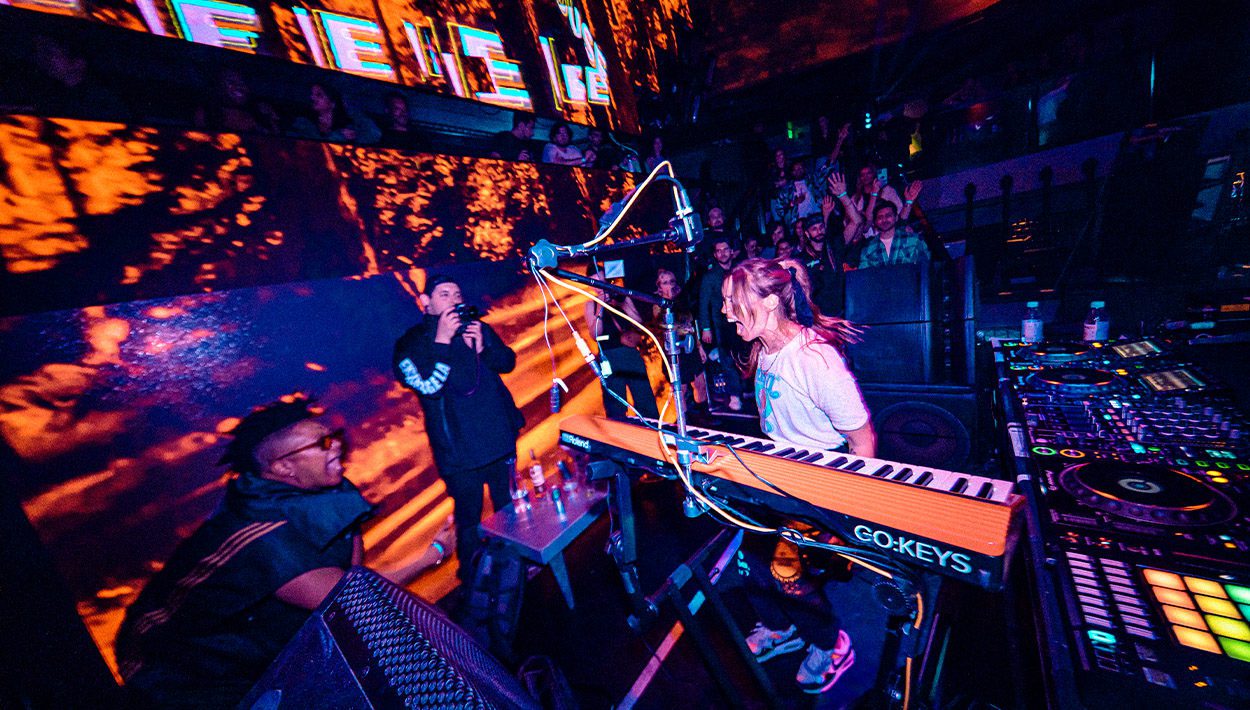
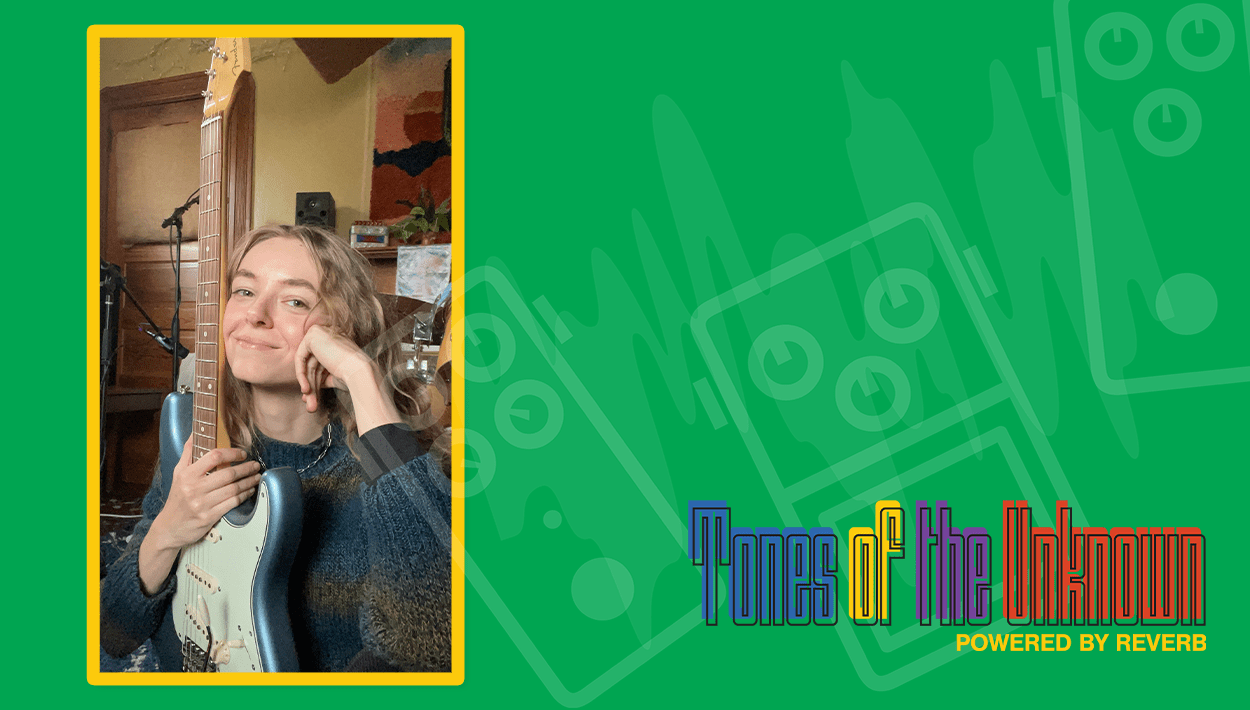
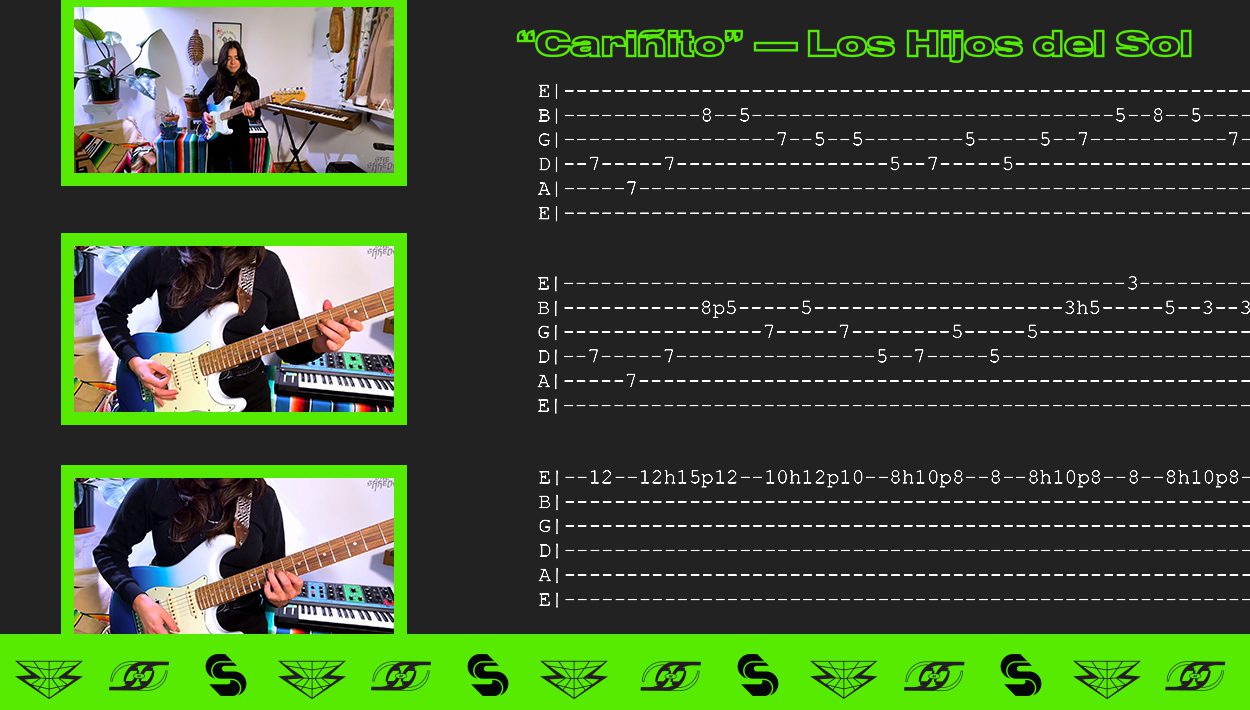
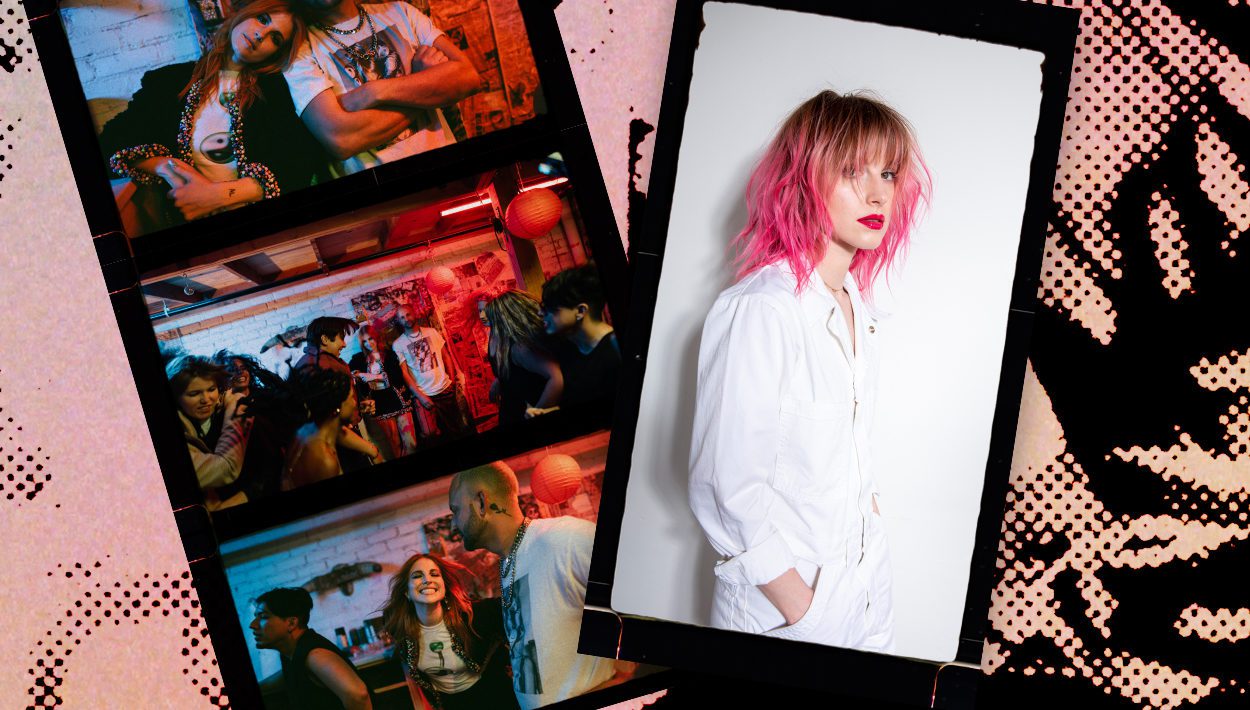

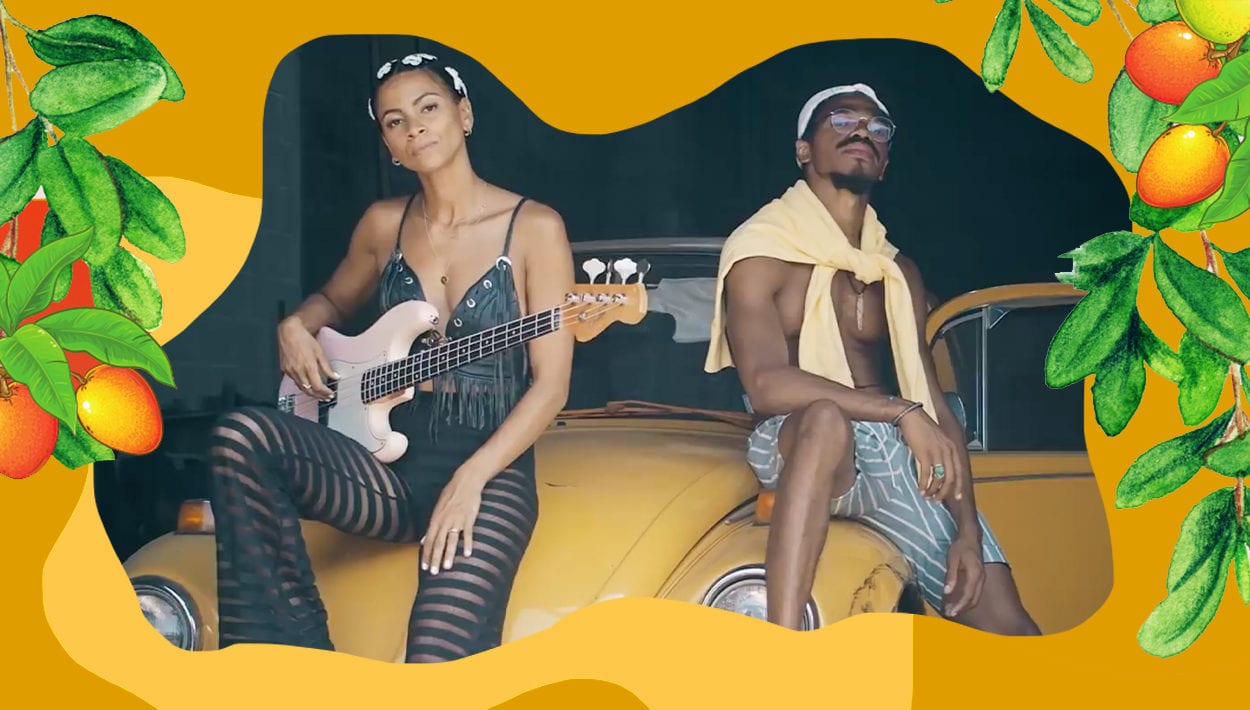
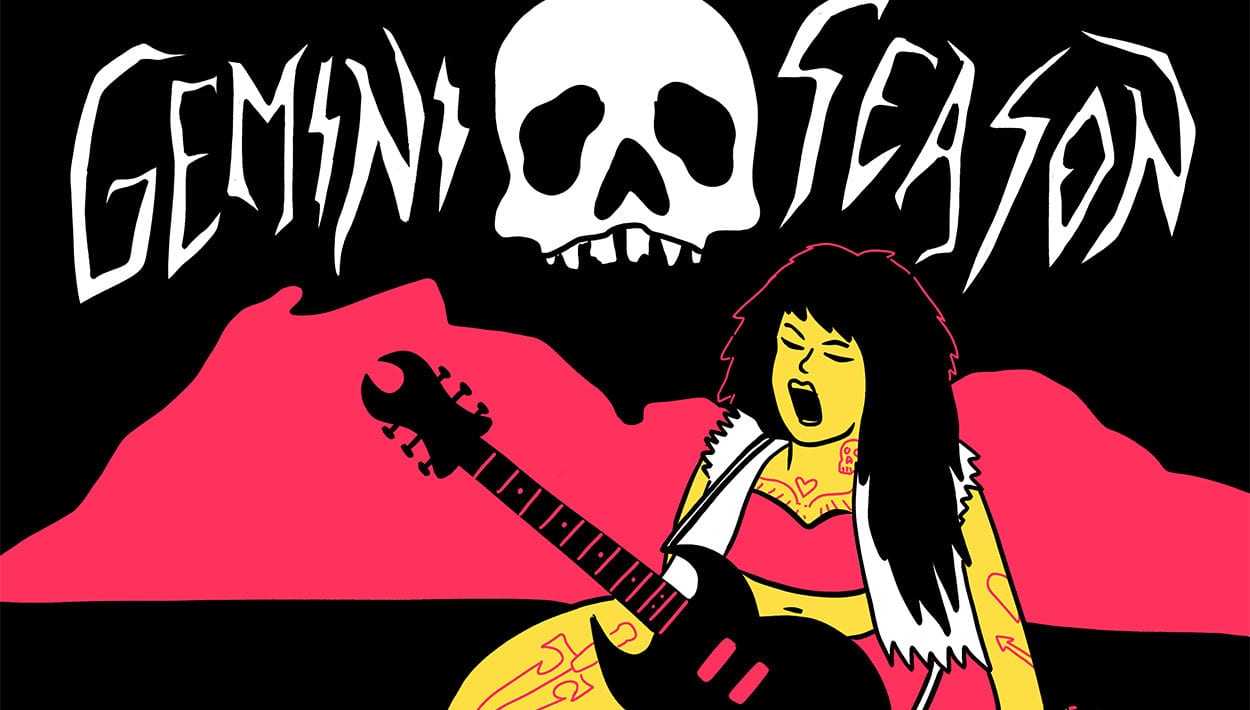

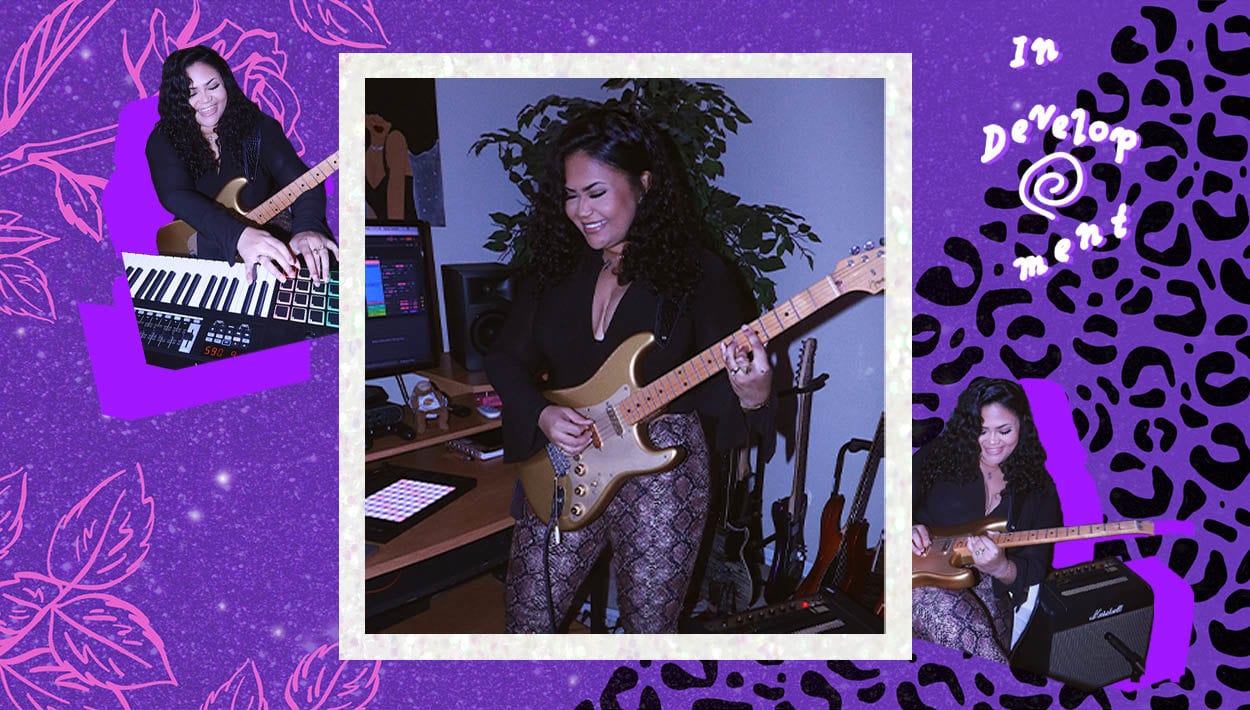
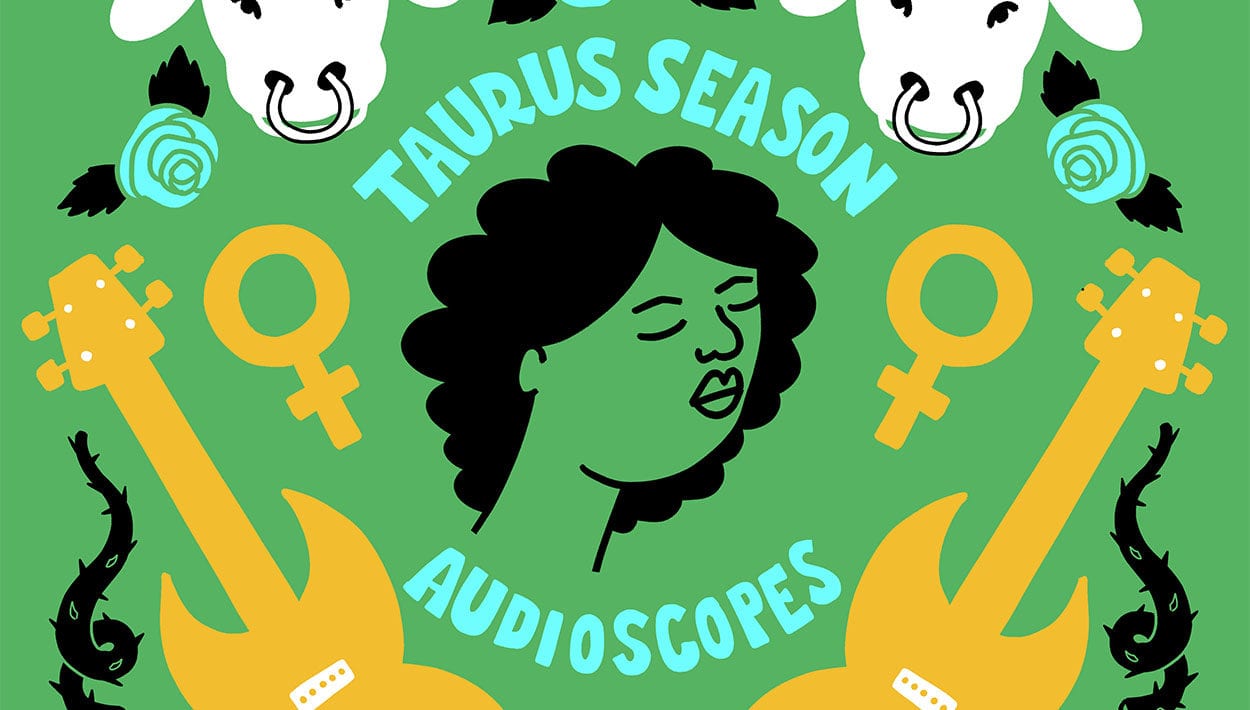


Comments
I’m shocked I didn’t know about the first two Oudists mentioned. I’m happy to have learned about them through this article.
I wish some mention could have been made about the female Iranian Oudists that are very much dominating the Oud scene within and outside Iran at present. Many of them are currently in their mid 20’s. As you know, women are barred from singing in public, but these brave women are at the forefront of their art, teaching and recording Oud. A few names of note are:
Negar Bouban
Yasamin Shahhosseini
Fatemeh Dehghani
The Oud scene around the world is beginning to balance out and women are being more represented. Let’s also not forget names like:
Aliya Cycon – USA
Comment by Navid on September 29, 2020 at 5:37 amAmal Waqar – Oman
Cindy Latty – Lebanon
I forgot to mention that some of the info about Persian/Iranian Oud is incorrect. The tuning we use is most sonorous with Arabic tuning whereas Turkish tuning is the outlier in some ways.
Comment by Navid on September 29, 2020 at 7:56 am